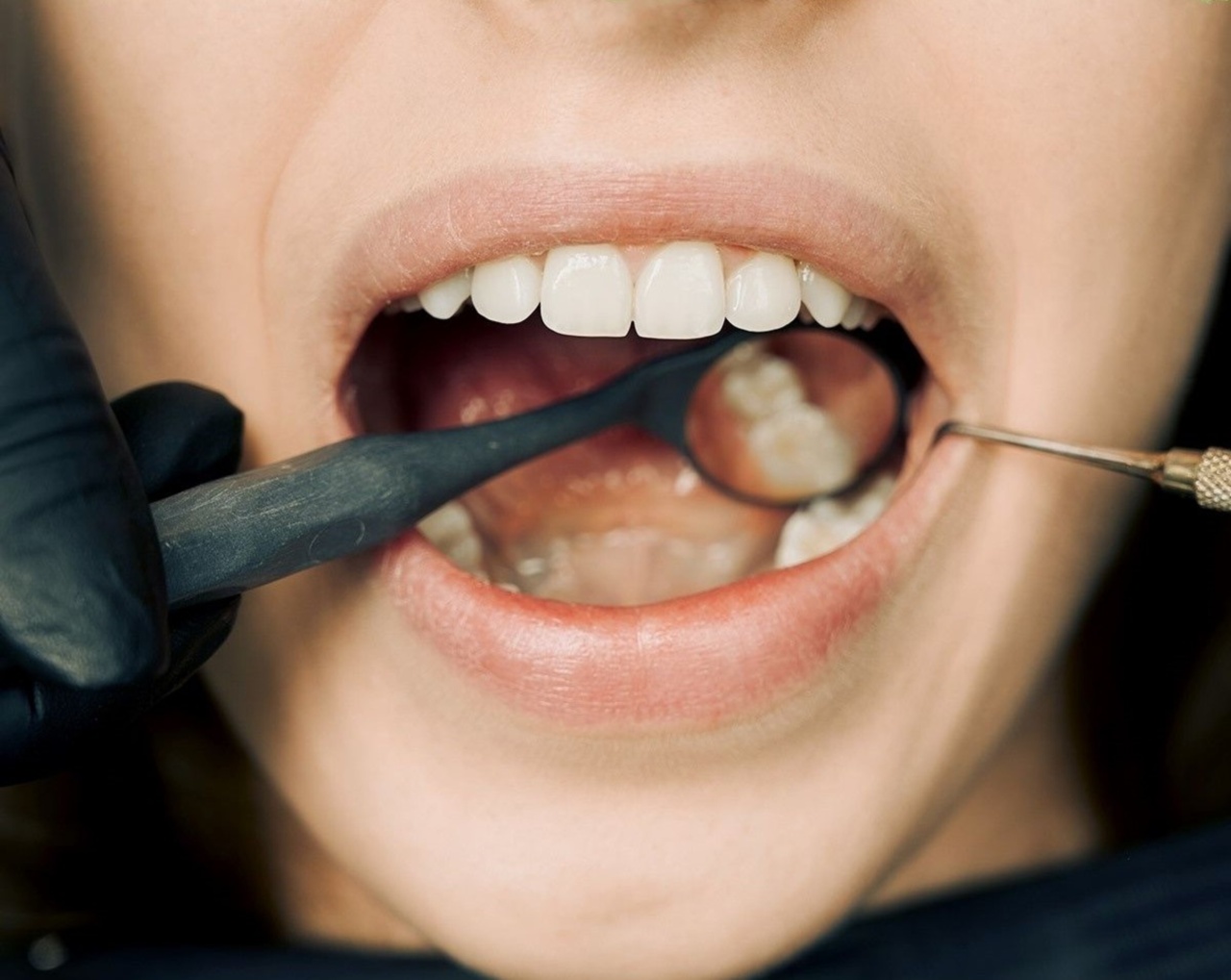Oral yeast infection, also known as oral thrush or oral candidiasis, is a common fungal infection that affects the mouth and throat. It occurs when there is an overgrowth of a specific type of fungus called Candida albicans.
This fungus is naturally present in our bodies, but an overgrowth can lead to various health issues, including oral yeast infection.
Causes of Oral Yeast Infection
Several factors can contribute to the development of oral yeast infection, including:.
1. Weakened Immune System
Individuals with weakened immune systems, such as those with HIV/AIDS, diabetes, or undergoing chemotherapy, are more susceptible to oral yeast infections.
A compromised immune system fails to keep the growth of Candida albicans in check, leading to an overgrowth and subsequent infection.
2. Antibiotics and Steroids
Antibiotics and steroids can disrupt the balance of microorganisms in the body, including the natural balance of candida.
When the beneficial bacteria that help control Candida albicans are killed off by these medications, it can lead to an overgrowth and result in an oral yeast infection.
3. Dry Mouth
Saliva helps to regulate the growth of candida in the mouth. When the mouth is dry, due to factors such as medications, certain medical conditions, or mouth-breathing, the reduced saliva flow can create an environment conducive to yeast overgrowth.
4. Poor Oral Hygiene
Improper oral hygiene, such as not brushing and flossing regularly, can promote the growth of Candida albicans. Proper oral hygiene helps to remove plaque and food particles that can act as a breeding ground for yeast and other harmful microorganisms.
5. Dentures
Wearing ill-fitting dentures that cause friction and irritation can increase the risk of oral yeast infections. The constant pressure and rubbing of dentures against the gums can create an environment for Candida albicans to thrive.
6. Smoking
Smoking weakens the immune system and damages the delicate tissues in the mouth and throat, making it easier for Candida albicans to grow and cause an infection.
7. Weakened Endocrine System
Individuals with hormonal imbalances or those taking hormonal medications may be more prone to oral yeast infections. The endocrine system plays a role in maintaining the body’s natural defense mechanisms against candida overgrowth.
Signs and Symptoms
Common signs and symptoms of oral yeast infection include:.
1. White Patches
White, creamy patches or plaques may develop on the tongue, inner cheeks, gums, and the back of the throat. These patches may resemble cottage cheese and can be painful or bleed when scraped.
2. Soreness and Redness
The affected areas may appear red and become sore. Eating or drinking can aggravate the discomfort, making it difficult to consume food or fluids.
3. Loss of Taste
An oral yeast infection can alter the sense of taste, making certain foods or drinks taste odd or unpleasant.
4. Dryness
A dry mouth can accompany an oral yeast infection due to reduced saliva flow. This dryness can further contribute to discomfort and difficulty in swallowing.
5. Difficulty Swallowing
In severe cases, oral yeast infection can cause difficulty and pain when swallowing, leading to potential weight loss or nutritional deficiencies.
Treatment and Prevention
1. Antifungal Medications
Antifungal medications, available in various forms such as mouth rinses, lozenges, or tablets, are often prescribed to treat oral yeast infections.
These medications work to eliminate the fungal overgrowth and restore the balance of microorganisms in the mouth.
2. Good Oral Hygiene
Maintaining proper oral hygiene is crucial in preventing and managing oral yeast infections. Regularly brush your teeth, clean your tongue, and floss to remove plaque and food debris that can contribute to the growth of Candida albicans.
Additionally, avoid sharing toothbrushes or other oral care items to minimize the risk of spreading the infection.
3. Stay Hydrated
Drinking an adequate amount of water can help prevent dry mouth, which in turn reduces the risk of oral yeast infections. Avoiding alcohol, caffeine, and sugary beverages is also recommended, as they can contribute to a dry mouth.
4. Fixing Dentures
If you wear dentures, ensure that they fit properly and do not cause irritation. Regularly clean and sanitize your dentures to prevent fungal and bacterial growth.
It is advisable to remove dentures at night to allow the saliva to naturally cleanse the mouth.
5. Address Underlying Health Conditions
If you have underlying health conditions, such as diabetes or a weakened immune system, it is crucial to manage them effectively. Keeping these conditions under control can reduce the risk of oral yeast infections.
6. Limit Antibiotic and Steroid Use
Avoid unnecessary or prolonged use of antibiotics and steroids unless prescribed by a healthcare professional.
If you need to take these medications, discuss with your doctor about potential side effects and ways to minimize the risk of oral yeast infections.
7. Quit Smoking
Quitting smoking not only improves overall health but also reduces the risk of oral yeast infections. Seek support from healthcare professionals or support groups to assist you in quitting smoking successfully.
Conclusion
Oral yeast infections can be uncomfortable and affect one’s ability to eat, speak, and enjoy food. It is essential to understand the causes, signs, and symptoms, as well as the treatment and prevention methods for this common fungal infection.
By maintaining good oral hygiene, staying hydrated, and addressing underlying health conditions, you can help minimize the risk of oral yeast infections and promote better oral health.































